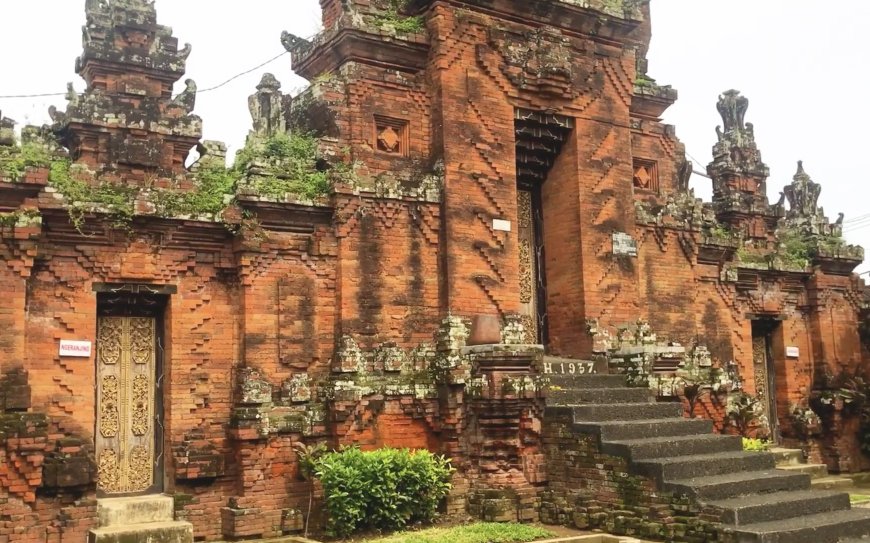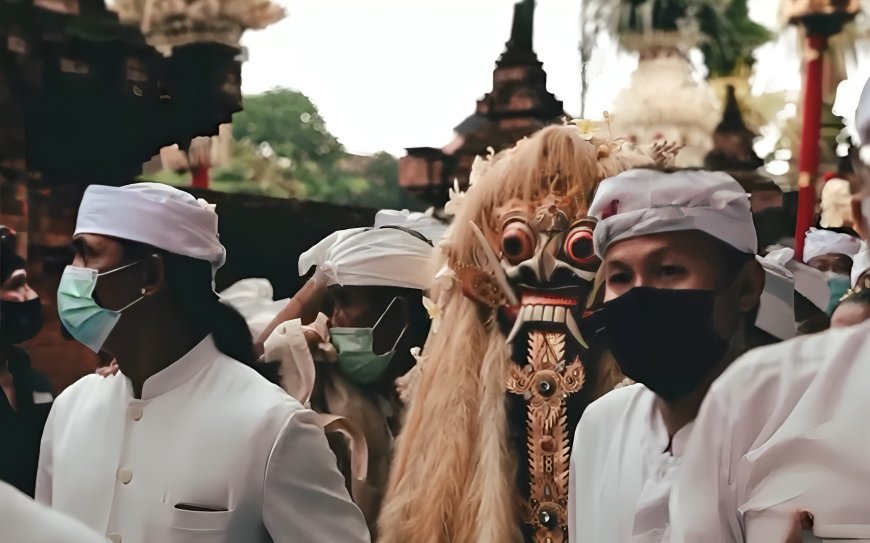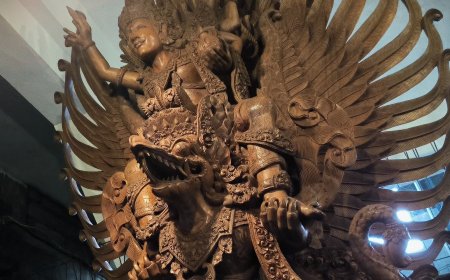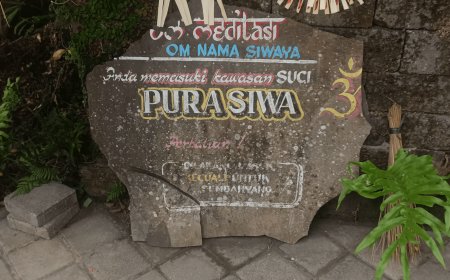Pengrebongan Temple as a Window of the Greatness of Classical Balinese Culture
Pengrebongan Temple, a place of worship that is more than stone buildings and statues, is transformed into a window that brings us closer to classical beauty and spiritual messages that flow in Balinese culture.

Amidst the world's attention for its natural beauty, stunning art, and rich spirituality, Bali also holds priceless cultural treasures. In the midst of Balinese culture, there is a sacred place that presents the majesty and richness of Bali's cultural heritage. Pengrebongan Temple, a place of worship that is more than stone buildings and statues, is transformed into a window that brings us closer to classical beauty and spiritual messages that flow in Balinese culture. In this article, we will take an in-depth journey into the magical world of Pengrebongan Temple and explore its meaning and important role in preserving and celebrating the richness of classic Balinese culture.
Petilan Temple or more commonly known as Pengrebongan Temple is a legendary temple located in Kesiman village. The existence of the temple, which is located on the north side of Jalan W.R Supratman, Denpasar, is closely related to the history of the temple in Kesiman. To trace the history of Pengrebongan Temple, we need to go back hundreds of years, namely 1779 to be precise. At that time, a dispute occurred which resulted in the King of Puri Kesiman moving to Sanur. With the King's move to Sanur, the Kesiman people were not well looked after. This condition was then heard by the King of Badung who reigned west of the Badung river or to be precise at Puri Pemecutan. To overcome this problem, the King of Badung then sent his son to settle in Puri Kesiman and become king in Kesiman. To make the people happy, King Kesiman built a new place of worship in the Kesiman area called Pengrebongan Temple. The temple was then used as a prayer center and place for all ceremonies. To date, Pengrebongan Temple covers nine areas or hamlets, namely Banjar Kedaton, Kedaton Kelod, Banjar Batanbuah, Banjar Kehen, Banjar Meranggi, Banjar Bukit Buwung, Banjar Abiannangka Kelod, Banjar Abiannangka Kaja, and Banjar Dukuh.
Pengrebongan Temple has typical classical Balinese architecture. The buildings standing in the temple area were built using natural materials, such as stone, wood and brick. These buildings are also decorated with classic Balinese ornaments, such as carvings and reliefs. In the eastern part of the temple, there is a building which functions as a place of worship for various communities such as the Pasek people, the Gaduh people, and the Dangka people. In the middle of the temple area, a gedong Agung pelinggih was built with a bedawang nala base which functions as a place to enshrine the statue. Next to it there is also another gedong which is used as a place to erect the Manca Pengero temples and all the pecanangan or pratima from all the temples in Kesiman village.

Ngerebong Ceremony (Source : Editorial Collection)
The most interesting thing about Pengrebongan Temple is that this temple is used as a place for the Ngerebong ceremony to take place. The Ngerebong ceremony is one of the unique cultures and traditions in Bali, its preservation and existence is still well maintained today. This classic Balinese tradition, inherited from the ancestors of the people of the Kesiman traditional village, is an interesting treat or attraction for tourists who are on holiday on the island of Bali. Ngerebong itself is a Balinese language which means gathering. When the Ngerebong tradition is held, it is believed that the gods are gathering. The Ngerebong tradition will be held every 6 months according to the Balinese calendar, which is every 8 days after Kuningan Day.
Pengrebongan Temple has extraordinary appeal because it is able to act as a glue for the entire community, especially the residents of Kesiman Village with a variety of different backgrounds and professions. This temple is the center of their unification, not only in the context of worshiping God and the holy spirits of their ancestors, but also in terms of establishing social connections and strengthening aspects of their culture. The Ngerebong ceremony also contributes to aspects of Classical Balinese culture that are thick in this temple. This ceremony is not just a ceremony, but a symbol of deep harmony. Efforts to maintain relationships between humans and each other, humans and the natural surroundings, and humans and God are promoted through this sacred ritual, while also strengthening the spiritual dimension of the Hindu community. No less important, this ceremony also aims to maintain Bali's valuable cultural heritage in the face of threatening globalization. In an era where cultural elements are often eroded by the influence of dominant modern culture, the Pengerebongan Ceremony is a symbol of strong commitment to maintaining the continuity of Balinese culture which has been an inseparable part of the island's identity for many years.






























































